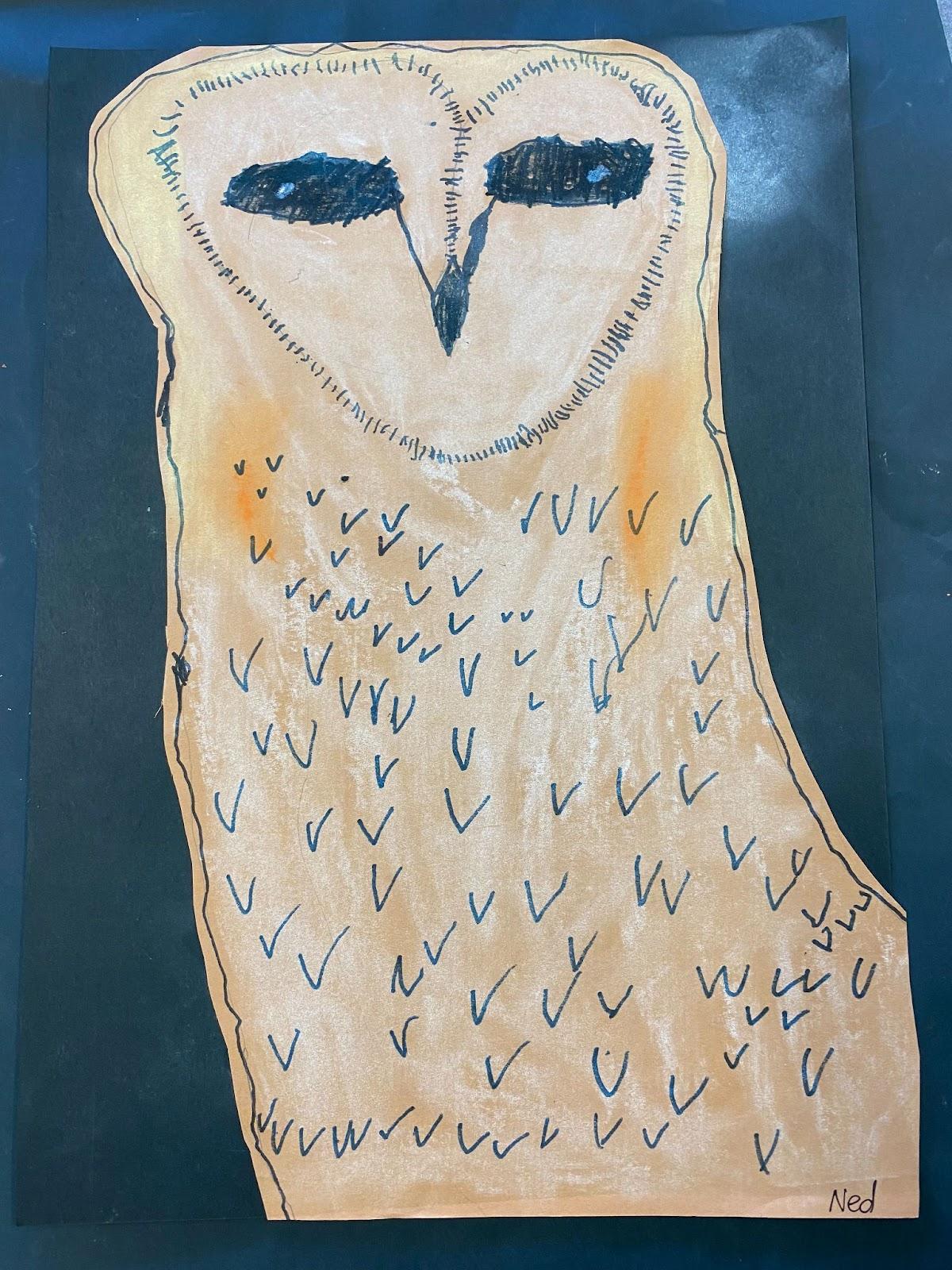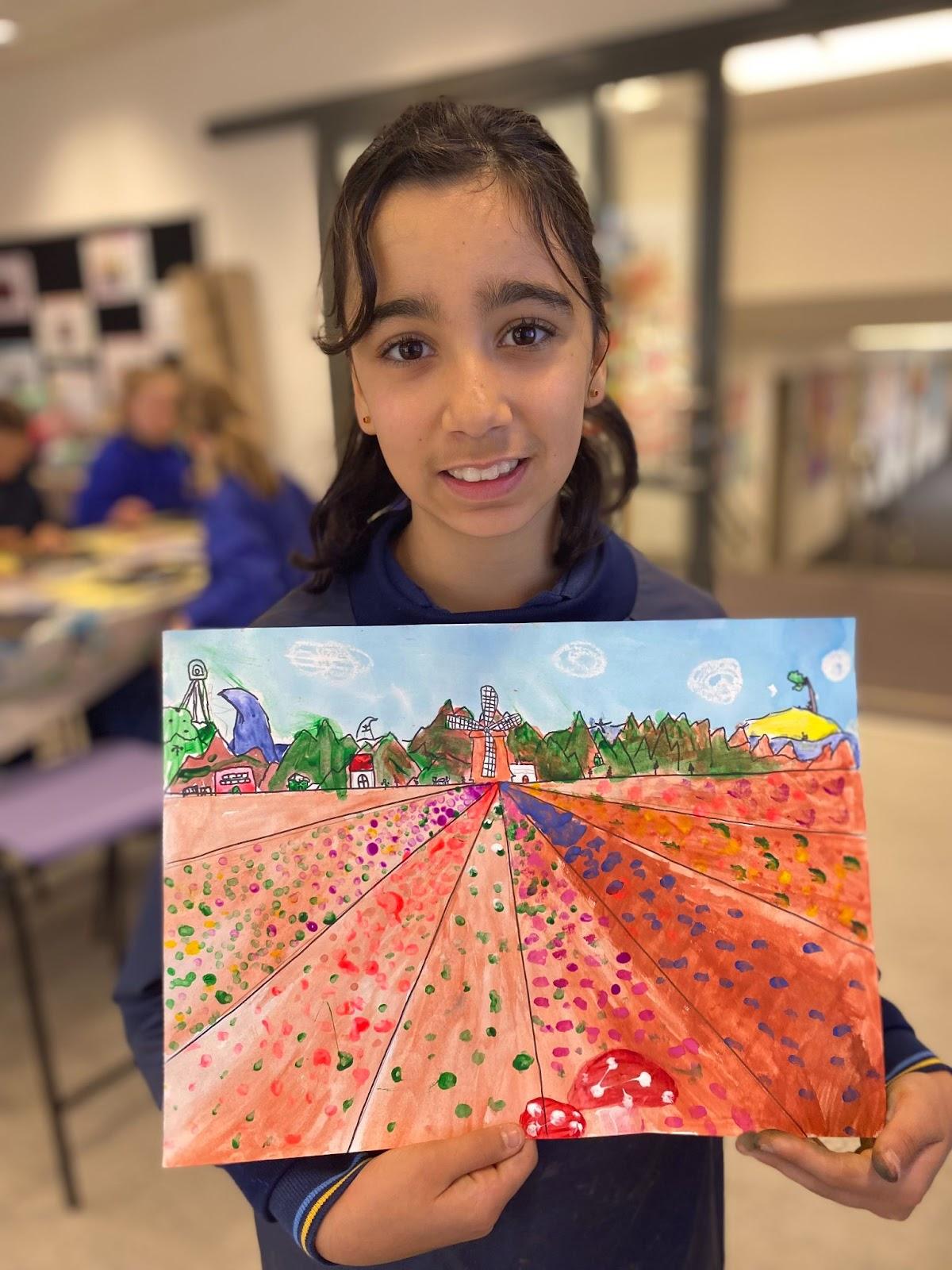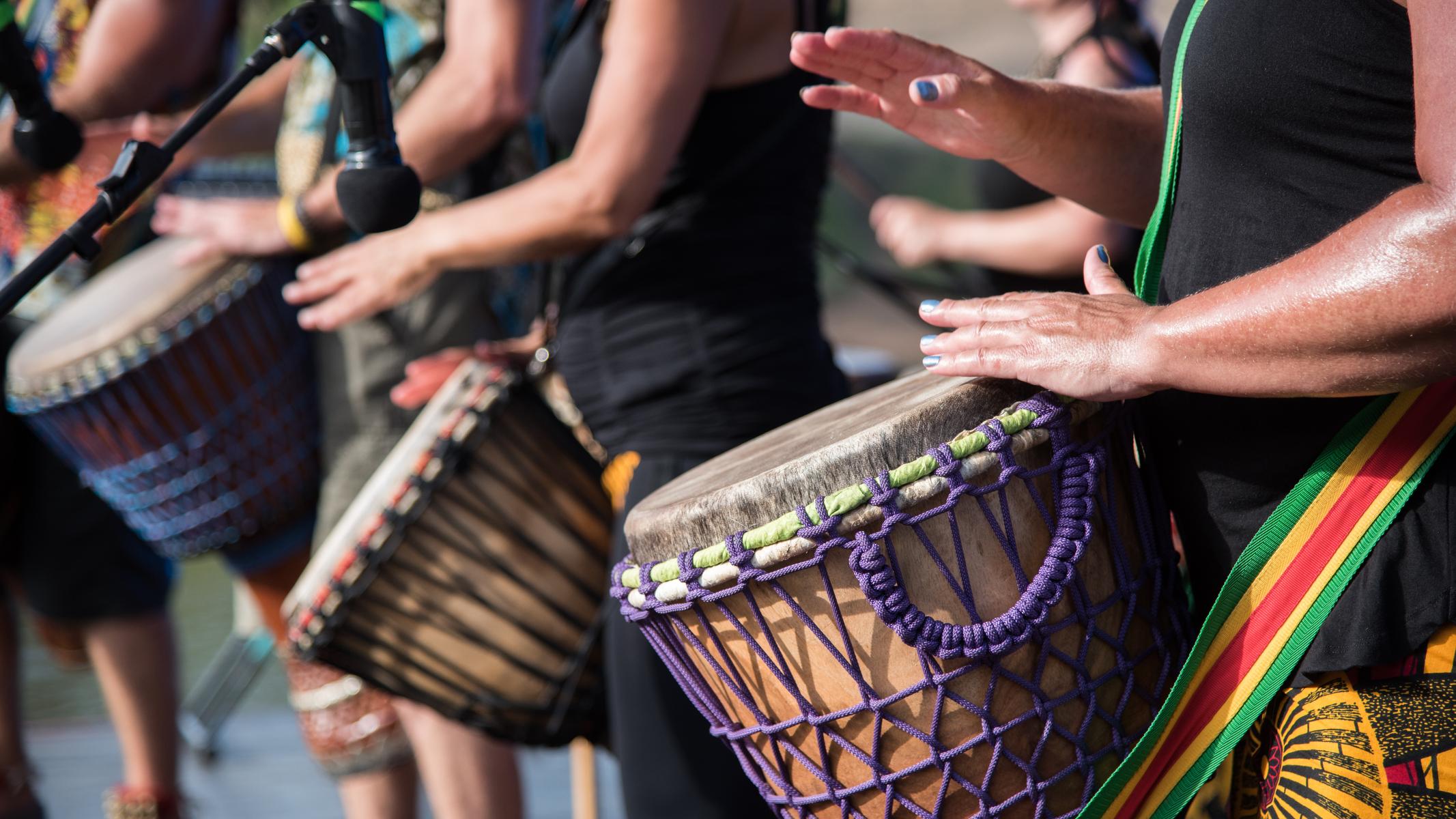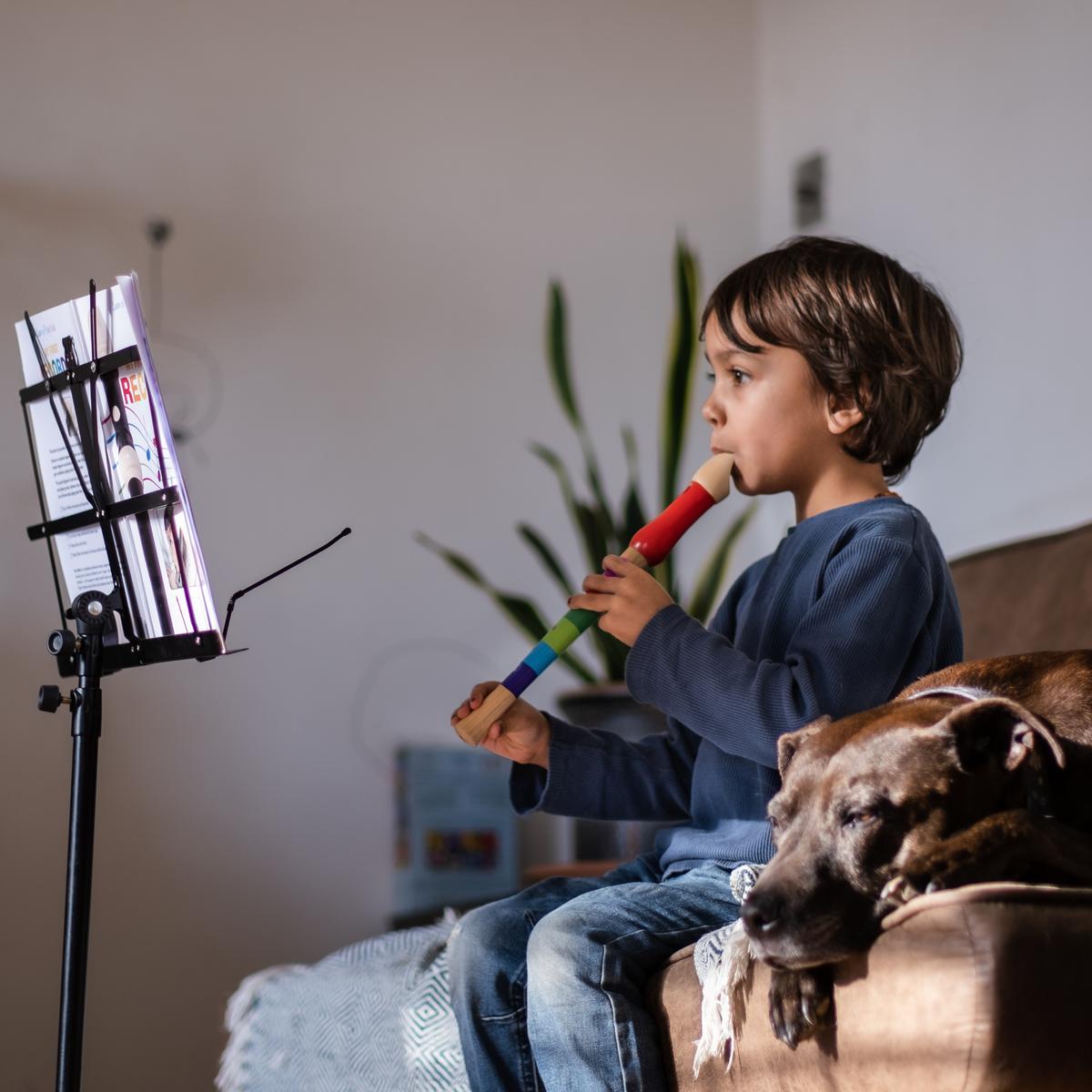Specialists Programs
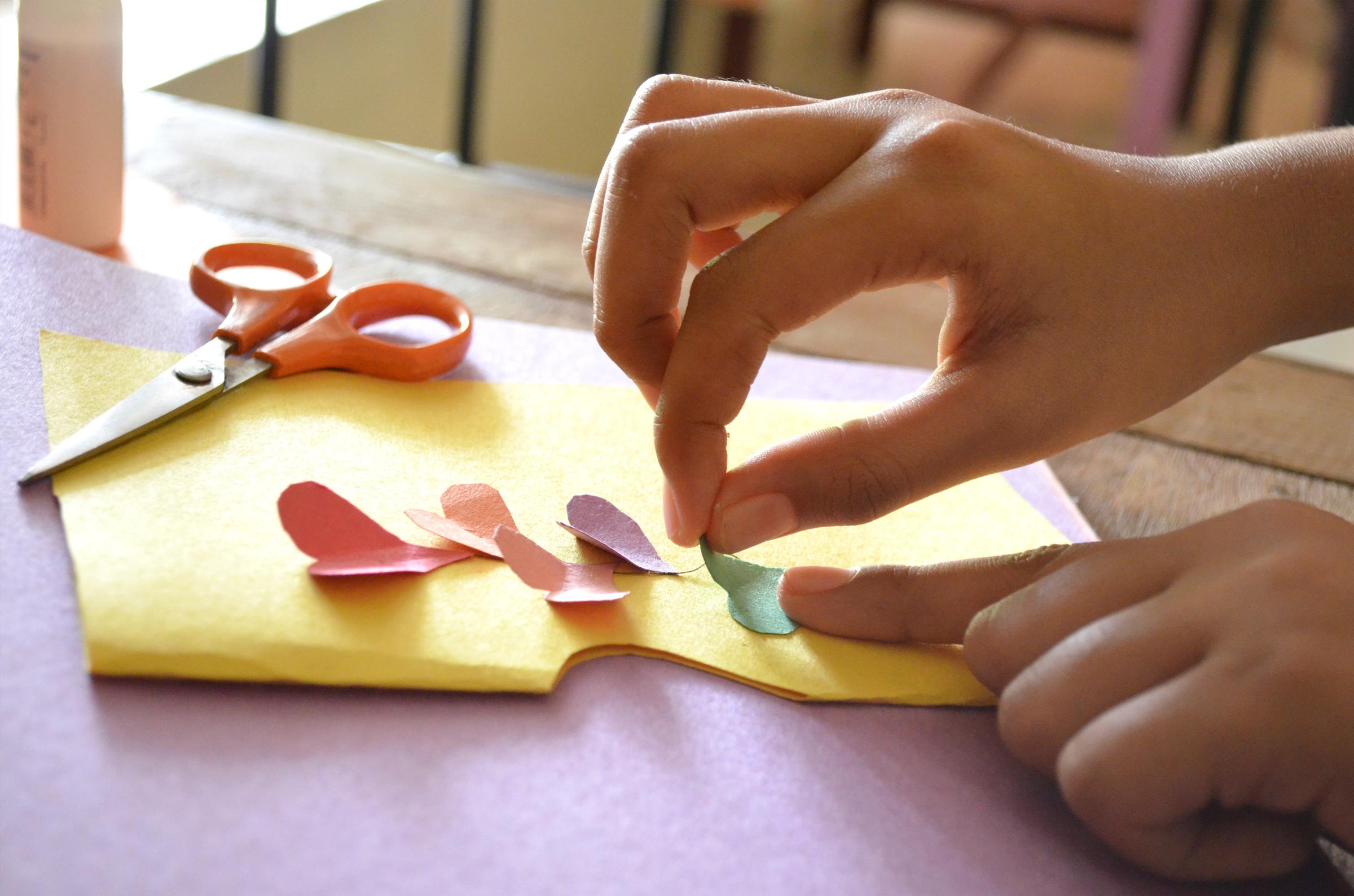
Specialist Programs: Term 3
Italian
Prep
This term we are learning to count from one to ten in Italian. The students will learn to identify and say the numbers through games, hands on activities and songs, with a strong focus on correct pronunciation and accent, in Italian. We will also listen to the story, “Pinocchio” and from this the students will learn to say the parts of the body.
Year 1/2
This term we are learning about the Italian festival, “Carnevale” which is celebrated in February throughout Italy. The students will learn words to describe the special traditions, costumes and characters at Carnevale time.
Year 3/4
This term we are learning about the ancient festival, “Carnevale” in Italy. This celebration begins forty days before Easter as a lead up to Ash Wednesday. Students will learn what the festival is about and will use Italian words to describe the festival and its characters.
Rosetta De Amicis
rdeamicis@sjmitcham.catholic.edu.au
Chinese
Year 5
At the end of this module, students will show their ability to understand and communicate using the following vocabulary and topics:
- use information from a range of print and digital resources, for example, 菜单, 地图, 日历, 天气预报 (menu, map, calendar, weather report)
- summarise key points in order to inform others and organise activities, for example, 我们这个星期六去打球, 好吗? (On Saturday, shall we play basketball?)
- read and show their understanding of information in a range of texts printed in pinyin with prompting, for example, 菜单, 地图, 日历, 天气预报 (menu, map, calendar, weather report)
- use simple connectives such as 和 (and) and conjunctions to connect ideas;
- negate with 不 or 没.
The culture component of this module will introduce:
- Chinese style vegetarian food
- The equivalent of entree in Chinese food: cold dishes
- Hotpot as a popular way of cooking food in China
- Common street food in various parts of China
- Chinese style vegetarian delicacies
- Online food ordering and delivering service in China
- Chinese dining etiquette.
Year 6
At the end of this module, students will show their ability to understand and communicate using the following vocabulary and topics:
- use simple questions for example, 请问… ? Excuse me, can I ask….? 你是哪国人?(Which country do you come from?) 你会说汉语吗?(Do you speak Chinese?)
- seek clarification, for example, … 对吗? (Is that correct?)
- describe and give information about themselves and their preferences, their environment, experiences and interests, for example, 我很喜欢唱歌 (I really like singing) 我的学校很漂亮 (My school is very beautiful) 我觉得澳大利亚是很好的国家 (I think Australia is a great country)
- use intonation and stress to engage audiences and participants.
The culture component of this module will introduce:
Chinese traditional dessert, Common fruits in China, Featured traditions of three traditional Chinese festivals, Popular desserts restaurants in China, The Chinese style options in Western fast food chain restaurants in China, Popular snacks in China.
Ange Crowe
acrowe@sjmitcham.catholic.edu.au
Visual Arts
Prep
Students will continue to build on and refine painting and drawing skills then use these to create collages inspired by artists such as Henri Matisse and Eric Carle. Basic paper skills such as tearing, scrunching, cutting and overlapping shapes will be used to create different art works. Students will be introduced to art appreciation. Students will begin to say what they like or don't like about a piece of art.
Year One and Two
During Term Three there will be a particular emphasis on the students being both artists and thinkers. The students will be encouraged to give thought to their artwork before they take action and weigh up the possible outcomes of the different opportunities that can be explored when developing their art.
Students will use paint in a variety of ways including mixing colors, sponge painting and the effects made by thin and thick brushes. The students will also use the artwork seen in picture story books from Book Week 2022 as motivation for their own works.
Year Three and Four
As we prepare for the Term 4 Art Show, students will continue to develop their printing and painting skills by creating pieces inspired by artists such as Pete Cromer. Students will become more confident discussing how artworks are made and how the choice of materials can influence the meaning of artworks, for example, what the artwork is made of and the choice of material to enhance the audience’s understanding of the artist’s intention.
Year Five and Six
During this term students will continue to consolidate their painting and drawing skills to create pieces for our art show. Students will become more comfortable expressing an opinion about the way various artists communicate their viewpoints through their artwork. Various Australian artists such as Sidney Nolan inspire students to create a Ned Kelly painting. Students will have the opportunity to explore the ways in which artists communicate their views, beliefs and opinions through their artworks and use these in their own art making.
Mrs Deirdre Cosgrave
dcosgrave@sjmitcham.catholic.edu.au
Performing Arts
PREP
Students will continue their studies in Music and will be listening to a variety of different styles of music, responding to what they enjoy and like and why. Students will learn to keep in time with the beat by playing a number of different percussion instruments and learning about the different elements of music:
- fast and slow sounds (tempo)
- high and low sounds (pitch) and loud and soft sounds (dynamics).
We will use chants and songs to develop their sense of pitch and add movements and gestures to each song to help teach structure, form and basic music notation. Students will also be introduced to basic composition and will be creating their own songs using a variety of different instruments and stimuli.
Year 1/2
Students will continue with their study of Music and continue to learn chants and songs to assist them with their understanding of beat and rhythm. They will learn simple elements of notation so they can begin to read and write their own music. They will explore and become aware that music can have many different tempi, rhythm patterns and dynamics. Using the djembe drums and other African percussion instruments, they will play these different patterns, and then explore their own versions which they will rehearse for a performance. Carefully chosen listening activities will help students consolidate their learning in these areas as they respond to what they hear and notice through movement, drawings and songs.
Year 3/4
Students will continue with their study of Music and learning pieces on the recorder
using Take Orff with Recorder resources and accompanying CD’s. “Rehearsal gym” will be used to help the students develop confidence and familiarity with the instrument. They will move to the music as well as playing it to develop familiarity with the patterns in the music and the backing tracks. Opportunities will also be given for improvisation and original composition. They will also learn where the notes fit on the treble stave, where the treble clef goes and how to read the notes for various instruments. They will become “Music Detectives” to solve some pieces of music, where they figure out the notes and then play it. Through doing this, they will consolidate their learning in areas of reading rhythm, pitch and their understanding of which fingering patterns fit the notes. Students will learn how to use their tongues to separate the notes, good breath control to provide lovely tone, knowledge of correct fingering patterns and their ability to use their knowledge to create their own music.
Year 5/6
Students will continue their unit of work on Music and composing. They will use elements of Music such as beat, rhythm, form, dynamics, tempo, pitch, etc. They will carefully choose their own selection of instruments and work in groups to compose their own piece of music. This will be based on art work they have created in response to a Music listening activity. They may broaden their selection of instruments to include body percussion, found sounds, vocal interpretation and they will also have access to a wide range of melodic and non melodic instruments, etc. They will perform it to the class and receive teacher and peer feedback. They will then give a final performance for assessment after they have refined their work in response to feedback, with reference to de Bono’s Hats for music. They will discuss the form and structure of their pieces giving them options such as rondo, layering and using repetition appropriately. They will also explore different styles of Music and respond and interpret their likes and dislikes.
Ms Lou Devoy
ldevoy@sjmitcham.catholic.edu.au

